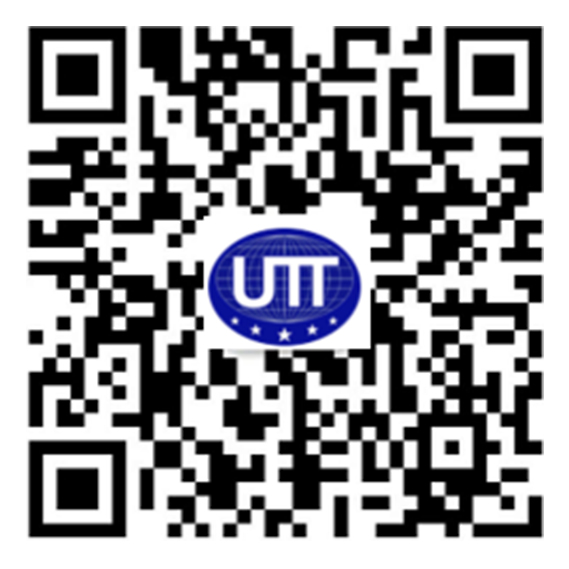NEWS
CONTACT US
Shenzhen Universal Test Technology Service Co., Ltd.
Address:10F, No. 153, zone 1, Yucui community, Longhua street, Longhua District, Shenzhen
Phone:service@utt-cert.com
Email:service@utt-cert.com
Fax:0755-33146812
Address:10F, No. 153, zone 1, Yucui community, Longhua street, Longhua District, Shenzhen
Phone:service@utt-cert.com
Email:service@utt-cert.com
Fax:0755-33146812
Service Hotline:
17665464625
IEC / EN62471 photobiological safety test
Time:2020-6-1 17:58:49 Click:
IEC / EN 62471
1. Standard background
The purpose of IEC / EN 62471 is to assess the light radiation hazards associated with different lamps and lamp systems, and to completely replace the requirements of the IEC / EN60825 standard for LED product energy levels, adding photobiological requirements, including radiation intensity Brightness, etc., and classify the hazards of the products according to the test data, including exemption level, low hazard, medium hazard, high hazard level Among them, the European Union standard EN has been implemented, and the EN60825 LED part will be completely invalid.
IEC / EN60825 is mainly for energy test calculation of single wavelength light
IEC / EN62471 mainly measures wide-band light and calculates the time, angle, and sensitivity of the human eye and skin's response to light
2. Applicable products All lamps and lamp systems except laser
(Single-wavelength laser is easy to test. Ordinary lamps may be a wide-band light source due to the influence of luminous bodies and diffusers, lenses, auxiliary optical components, etc.)
Third, the test wavelength range
Optical radiation with a wavelength in the range of 200nm to 3000nm
4. Test parameters and objects Test parameters
1. Irradiance (radiation flux divided by unit area, unit: W m-2)
2. Radiance (irradiance divided by field of view, can be converted by irradiance)
testing object
1. UV hazard of skin and eyes
2. The near ultraviolet hazard of eyes (315nm-400nm)
3. Blue light damage to the retina
4. Retinal blue light hazard (small light source)
5. Retinal heat hazard
6. Retinal thermal hazards (to weak visual stimulation) (780nm-1400nm)
7. Infrared radiation hazard of eyes (780nm-3000nm)
8. Skin heat hazard (380nm-3000nm)
V. Test process
Write application form, provide product information, send samples, open case test, produce draft, confirm OK to issue certificate / report
Six, cycle
5 working days
Seven, expenses
Based on actual product evaluation
1. Standard background
The purpose of IEC / EN 62471 is to assess the light radiation hazards associated with different lamps and lamp systems, and to completely replace the requirements of the IEC / EN60825 standard for LED product energy levels, adding photobiological requirements, including radiation intensity Brightness, etc., and classify the hazards of the products according to the test data, including exemption level, low hazard, medium hazard, high hazard level Among them, the European Union standard EN has been implemented, and the EN60825 LED part will be completely invalid.
IEC / EN60825 is mainly for energy test calculation of single wavelength light
IEC / EN62471 mainly measures wide-band light and calculates the time, angle, and sensitivity of the human eye and skin's response to light
2. Applicable products All lamps and lamp systems except laser
(Single-wavelength laser is easy to test. Ordinary lamps may be a wide-band light source due to the influence of luminous bodies and diffusers, lenses, auxiliary optical components, etc.)
Third, the test wavelength range
Optical radiation with a wavelength in the range of 200nm to 3000nm
4. Test parameters and objects Test parameters
1. Irradiance (radiation flux divided by unit area, unit: W m-2)
2. Radiance (irradiance divided by field of view, can be converted by irradiance)
testing object
1. UV hazard of skin and eyes
2. The near ultraviolet hazard of eyes (315nm-400nm)
3. Blue light damage to the retina
4. Retinal blue light hazard (small light source)
5. Retinal heat hazard
6. Retinal thermal hazards (to weak visual stimulation) (780nm-1400nm)
7. Infrared radiation hazard of eyes (780nm-3000nm)
8. Skin heat hazard (380nm-3000nm)
V. Test process
Write application form, provide product information, send samples, open case test, produce draft, confirm OK to issue certificate / report
Six, cycle
5 working days
Seven, expenses
Based on actual product evaluation
 CHINESE
CHINESE

